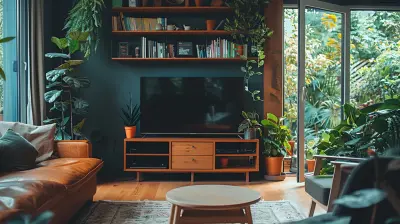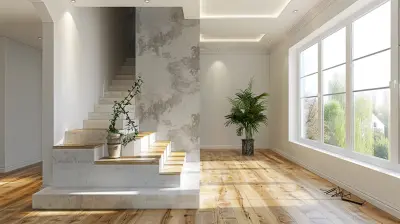How to Tell a Property's Story Through Photography
31 July 2025
When you think of real estate photography, you might picture the usual wide-angle shots of living rooms, kitchens, and empty bedrooms. Sure, those clean, crisp photos are useful—they show the layout and condition of the space. But here's the thing: they don’t always sell the home. What does? Emotion.
And that’s where storytelling comes in. Great real estate photography isn’t just about showing square footage. It’s about capturing the soul of the home. It’s about making potential buyers feel like they already live there. In this guide, we’re diving into how to tell a property’s story through photography—one picture at a time.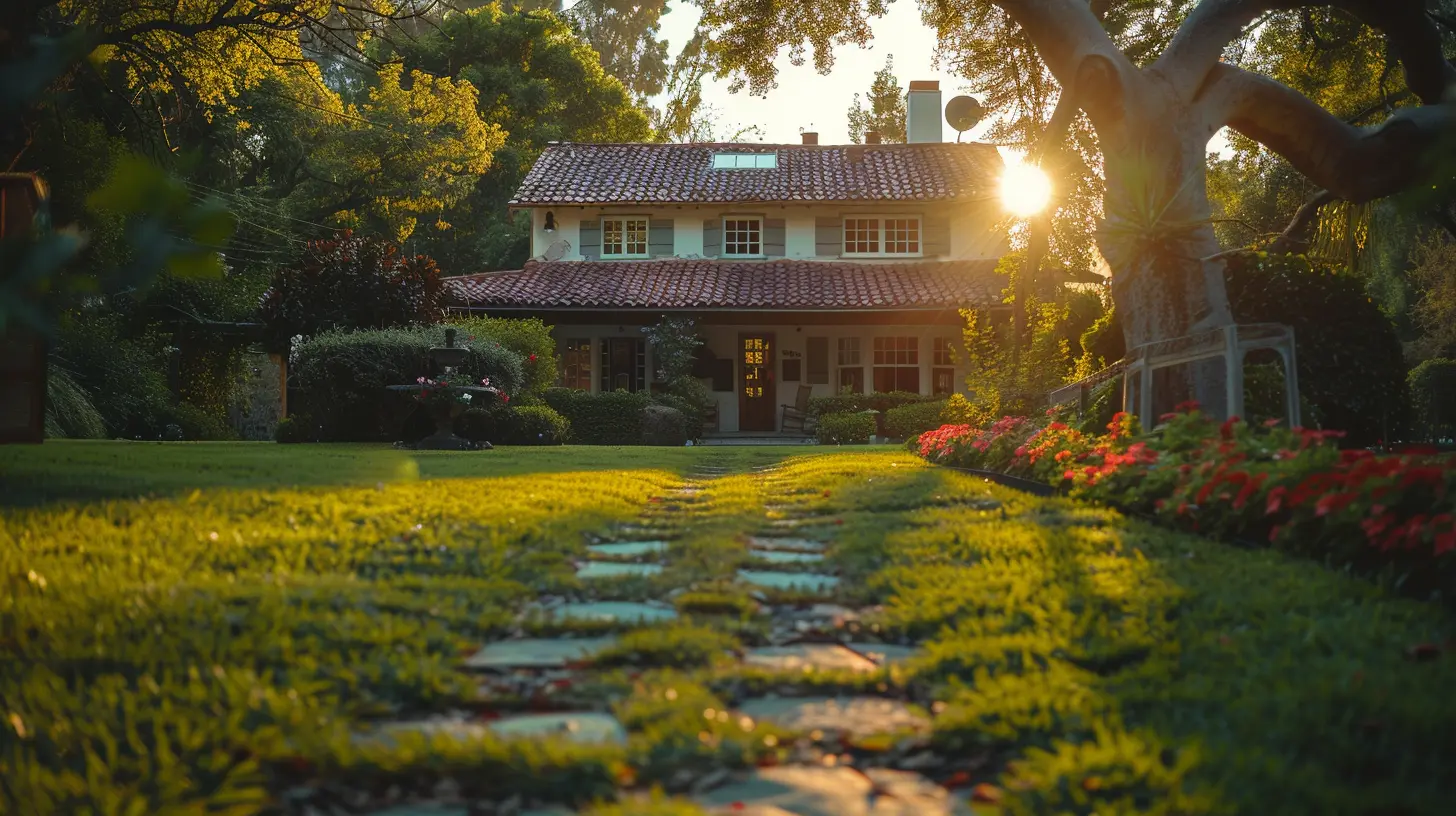
Why Visual Storytelling Works in Real Estate
Ever walk into a house and immediately feel at home—even before you start picturing where your furniture goes? That’s what powerful visuals do. Humans are wired to respond to stories, especially visual ones. A well-shot photo doesn’t just show; it speaks.Photos that tell a story create an emotional connection. They frame the property not just as a space, but as a lifestyle. And in real estate, emotion sells. Buyers shop with logic but buy with their hearts.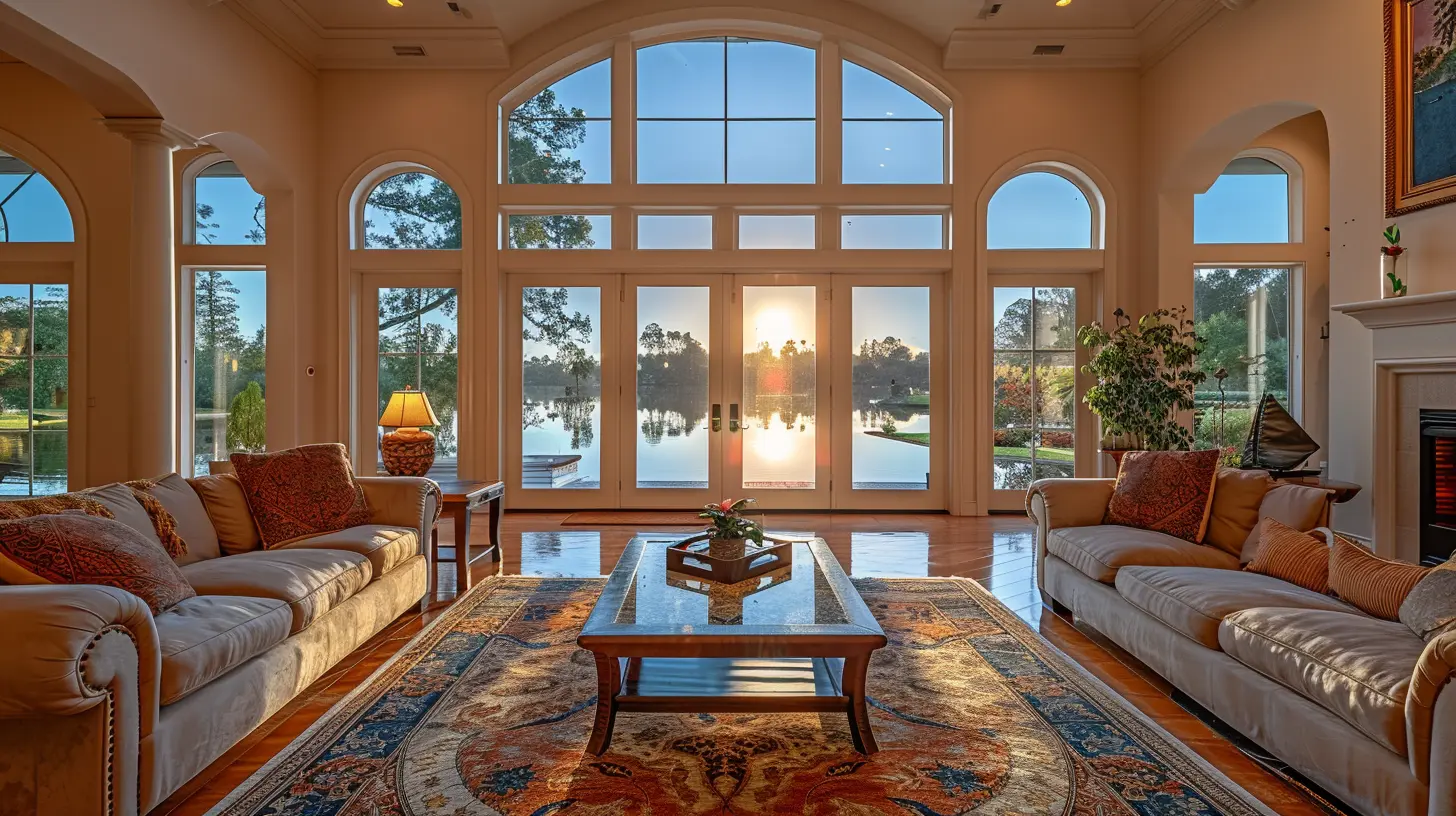
Step One: Know the Property Before Shooting
Before you even unscrew the lens cap, get to know the home. Walk through it. Ask questions. What’s the vibe of the place? Modern and sleek? Warm and rustic? Does it whisper “cozy family memories” or scream “entertainer’s dream”? Every home has a personality, and your job is to bring that to life.Pro tip: Talk to the homeowners. They often have sweet anecdotes or unique details that can help you see the space differently. Maybe that window seat is where they read to their kids every night. Maybe that garden was planted by hand over a decade. These details matter.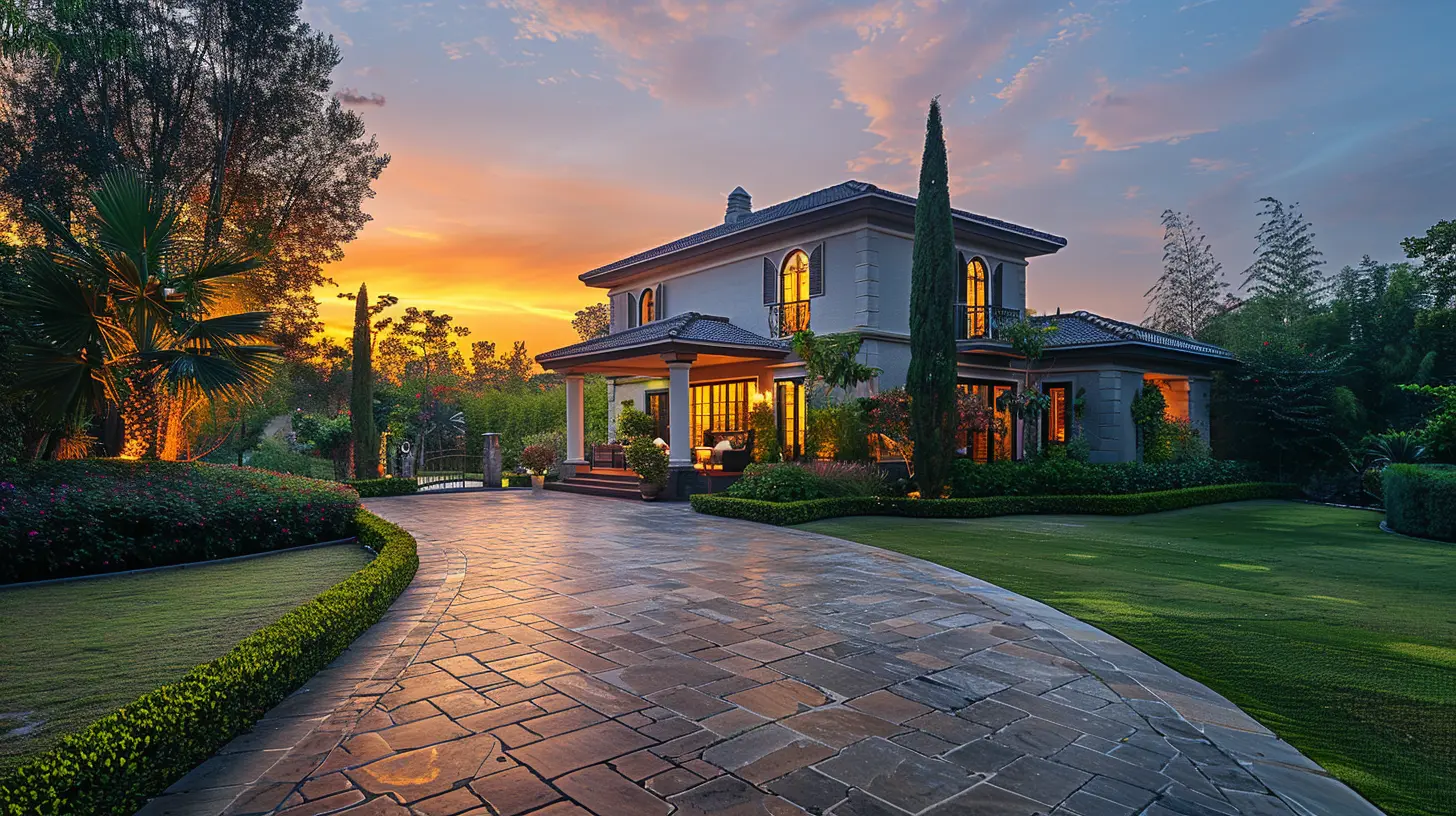
Use Natural Light to Set the Mood
Lighting can make or break a photo. But when it comes to storytelling, light also sets the tone.- Morning light can feel soft and inviting—great for cozy spaces like breakfast nooks or patios.
- Afternoon light brings warmth and clarity—perfect for showing off detailed finishes or open layouts.
- Evening lighting, especially during golden hour, adds a magical glow—ideal for romantic bedrooms or scenic backyards.
Don’t fight natural light. Use it. Embrace shadows if they add depth. Let the sun dance across hardwood floors. Create contrast. Set the mood. Every light leak tells a different part of the story.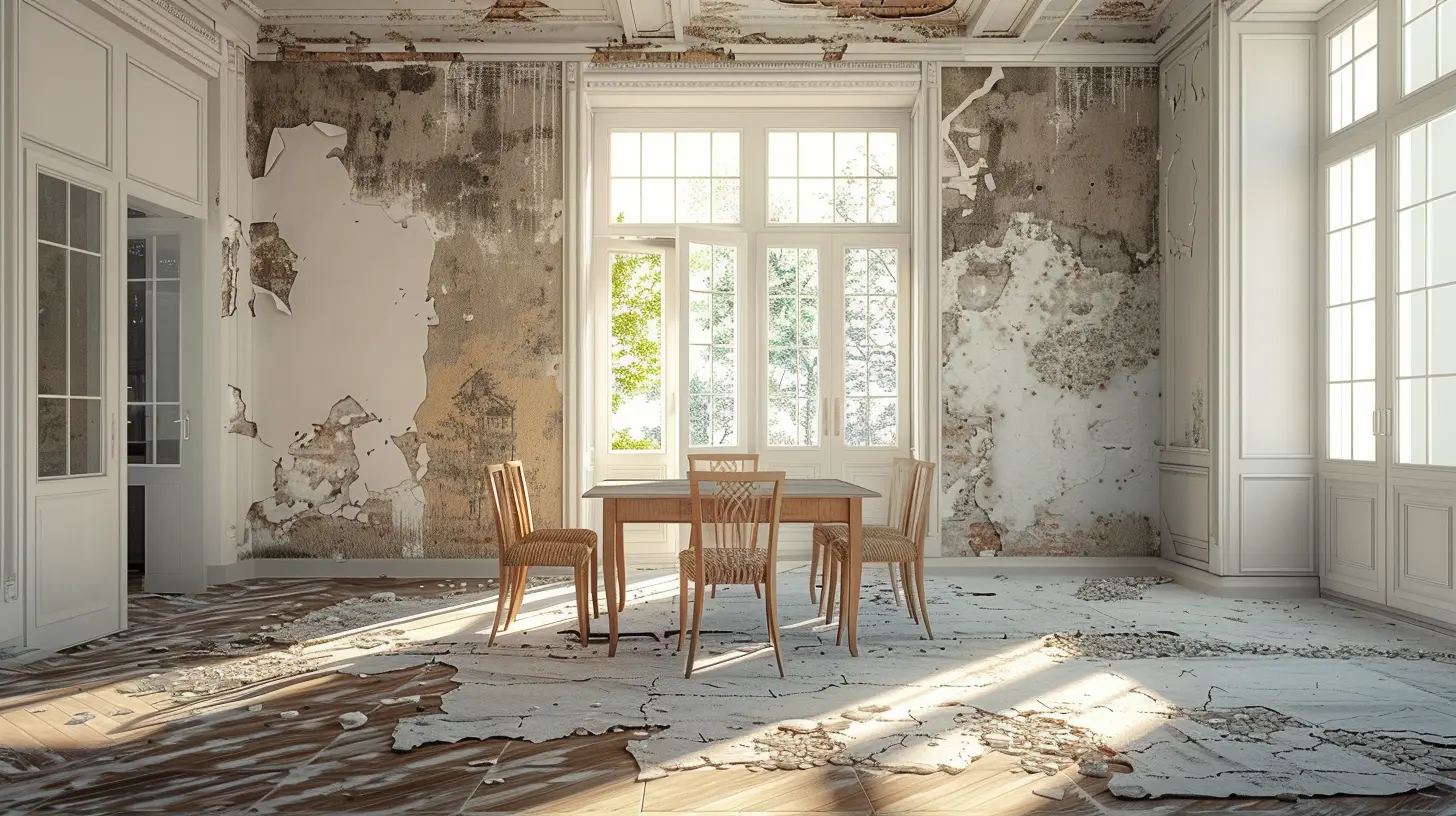
Stage with Purpose
Think of staging as the supporting cast in your property’s story. You don't need to go over the top or rent lavish furnishings. But you do need to create moments.Imagine this: a cozy blanket draped over a chair, a cup of coffee steaming beside a book on the table, soft music playing in your mind as you snap the shot. Suddenly, a basic living room becomes a Sunday morning dream.
Here are a few simple but powerful ideas:
- Add a bowl of lemons in the kitchen—it adds color and freshness.
- Place towels neatly in the bathroom spa-style.
- Light a fireplace or some candles to evoke warmth.
- Style the bed with layers—pillows, throws, textures.
Small props, when used intentionally, make a space feel real.
Tell a Story from Entry to Exit
Think like a movie director. Your photo series should flow from the “opening scene” (usually the front door or exterior) through the “plot” (living areas, kitchens, bedrooms) to the “climax” (a stunning view or master suite), and finally to the “credits” (cozy details or outdoor spaces).Each room should carry the narrative forward. Here's how:
1. Start with a hero shot of the exterior—ideally during the golden hour.
2. Move inside to the entryway—capture the feeling of stepping in.
3. Photograph shared spaces—let the light and layout guide your lens.
4. Highlight lifestyle areas—home offices, gyms, reading corners.
5. End with a wow-factor image—sunset on the balcony, or a crackling fire pit.
Focus on Detail Shots
Wide shots show the space. But detail shots tell the story.These close-up images showcase the personality of the home. Think doorknobs with vintage charm, crown molding, the grain of reclaimed wood floors, or a rain-streaked window looking out to the garden.
They evoke curiosity. And curiosity leads to clicks, which leads to viewings.
So next time, zoom in. Show the imperfect charm. The way sunlight hits the floor at 3 PM. The story lives in the small stuff.
Use Composition to Guide the Eye
You’re not snapping randomly—you’re composing. Frame each shot to lead the viewer on a journey.Use straight lines, symmetry, and rule of thirds to direct the eye. Center hallways. Keep verticals clean and plumb. Let a stairway pull a viewer upstairs. Let an open door invite them into the next space.
And don’t be afraid of negative space—it highlights the bones of the home and allows the important elements to breathe.
Incorporate People—Yes, Really
This one’s unconventional, but hear us out.Including a human element—whether it’s a child playing in the backyard, someone pouring a glass of wine, or a blurred figure walking through a hallway—can inject warmth and relatability. It brings movement to stillness.
Don’t make the people the focus. Keep them candid, soft, and subtle. The home is still the star of the show. But those touches add life. They remind the viewer that this isn’t just a house—it’s someone’s home.
Edit for Emotion, Not Just Clarity
Post-processing is where good photos become great. But don’t go overboard with HDR or filters. You’re not selling fantasy, you’re selling reality with heart.Tweak the warmth of the lighting. Highlight texture. Boost contrast slightly to draw the eye. Keep colors true to life but slightly enhanced. Let the mood of the image match the mood of the room.
Color grading, when done with intention, can subtly reinforce the story you want to tell.
Show the Lifestyle, Not Just the Structure
Real estate is more than bricks and beams—it’s about how someone can live in that space.So, highlight how the home celebrates life. A fire pit where friends can gather. A dining table prepped for dinner parties. A cozy reading nook under the stairs. A BBQ grill ready for a summer feast.
When buyers see themselves living there, they fall in love.
Embrace the Seasons
Every season tells a different story. If you can, tailor your shots to the time of year.- Spring: Fresh flowers. Open doors. Breezy curtains.
- Summer: Blue skies. Outdoor dining. Poolside fun.
- Fall: Crunchy leaves. Warm lighting. Pumpkin decor.
- Winter: Cozy throws. Fireplaces. Holiday touches.
Let the season support the narrative. It adds authenticity and charm.
Don’t Forget the Neighborhood
The story doesn’t stop at the front door. Include shots of the community, too:- A nearby café with people enjoying coffee
- A well-kept park or playground
- Sunset over the cul-de-sac
- Local farmer’s market or trails
These images tell buyers what life around the home looks like. And that’s often just as important as the home itself.
Think Emotion, Not Just Information
At the end of the day, telling a property's story through photography isn’t about showing every square foot. It’s about making someone stop scrolling. Look again. And feel something.People don’t buy homes. They buy what the home says about their future. Your job is to say that with your lens.
So next time you’re preparing for a shoot, remember: you’re not just taking pictures. You’re creating a scene, a story, a dream. One the buyer wants to step into—and never leave.
Wrap-Up: The Lens as a Storyteller
In real estate, photography is your first handshake with a potential buyer. It’s the first hello, the lasting impression. Make it count.Tell your property’s story with heart. Use light, composition, staging, and small touches to bring spaces to life. Let emotion steer the camera. Because when buyers connect with a home on a deeper level, that’s when the magic—and the offers—happen.
all images in this post were generated using AI tools
Category:
Real Estate PhotographyAuthor:

Vincent Clayton
Discussion
rate this article
1 comments
Christopher McClellan
Love this! Capturing a property's essence through photography truly elevates its story. Great tips!
August 14, 2025 at 3:42 AM

Vincent Clayton
Thank you! I'm glad you found the tips helpful in capturing a property's unique story.

